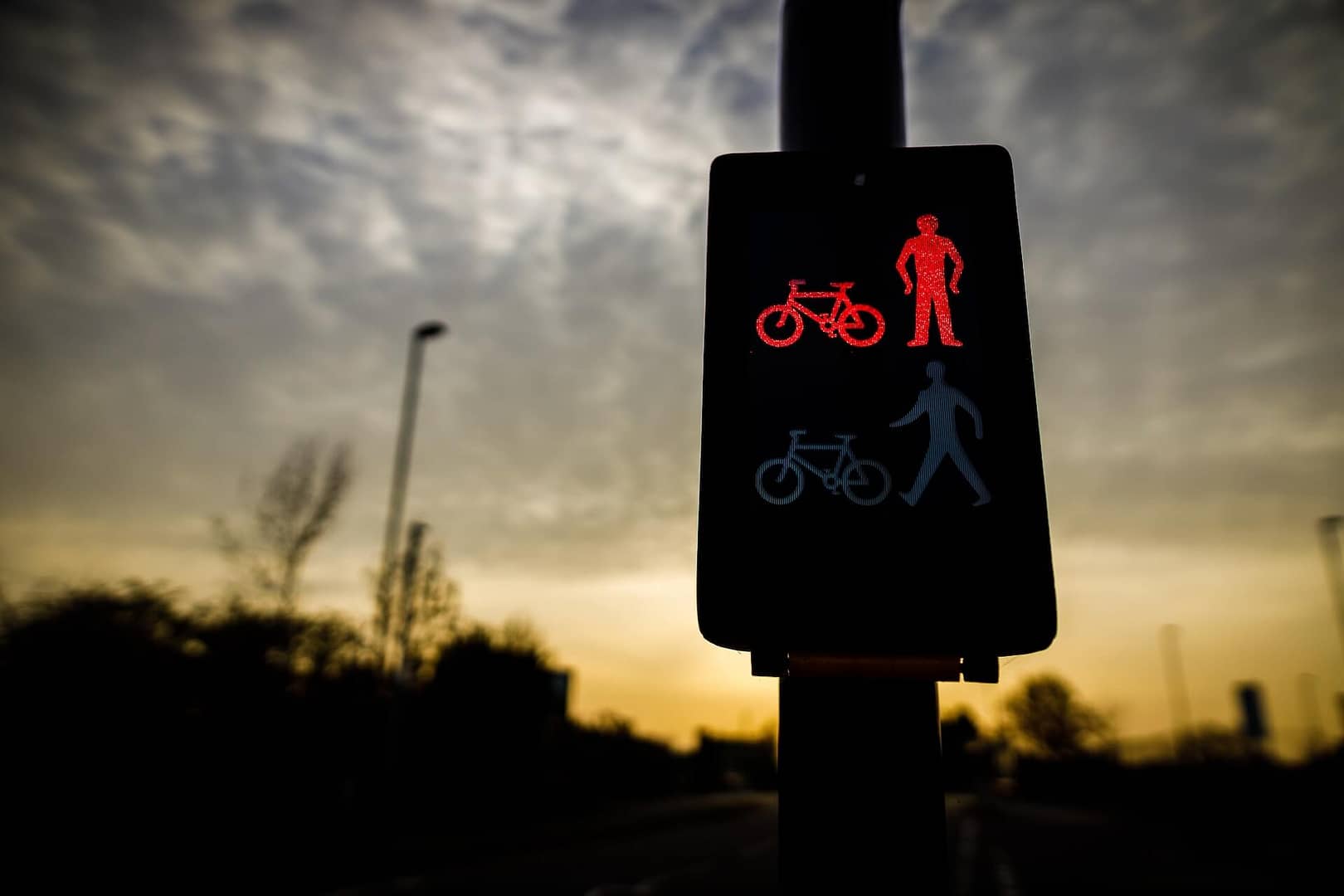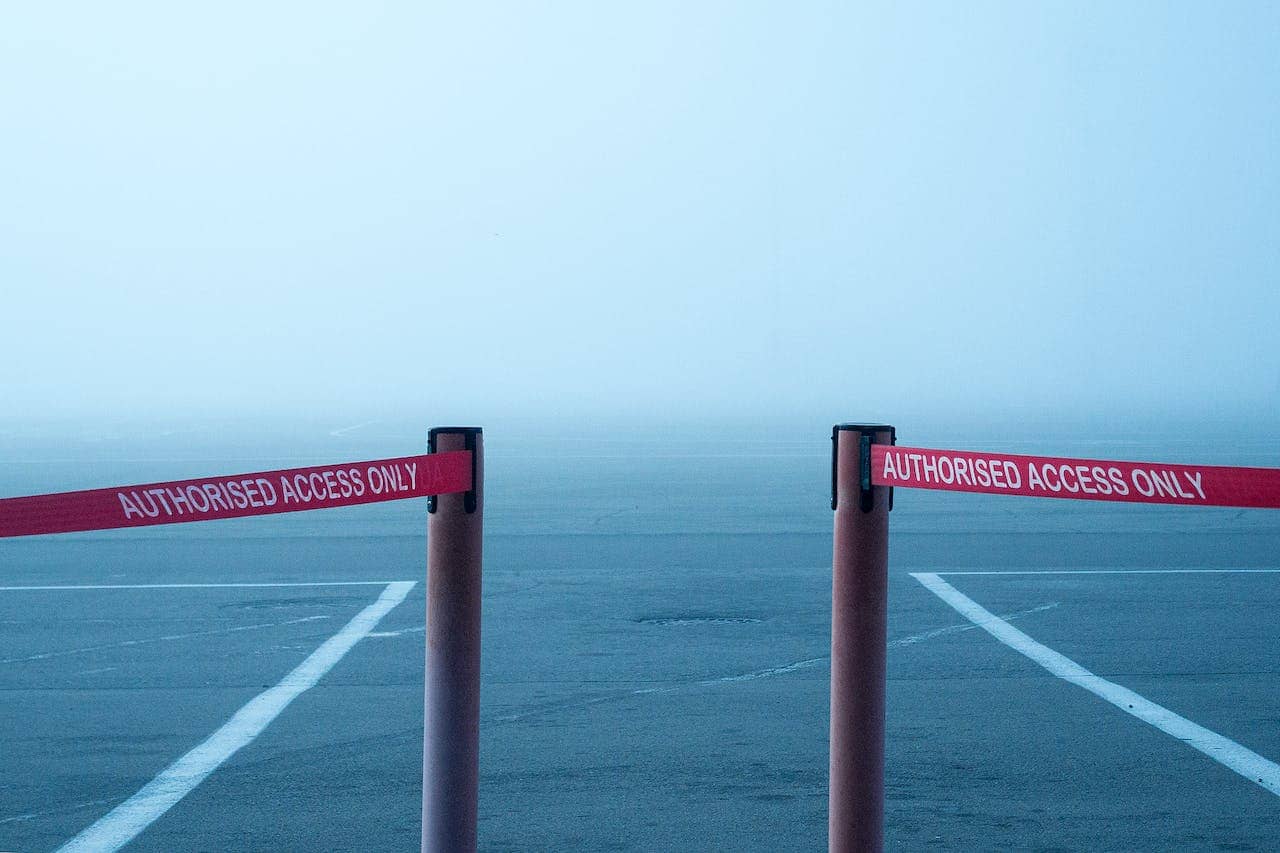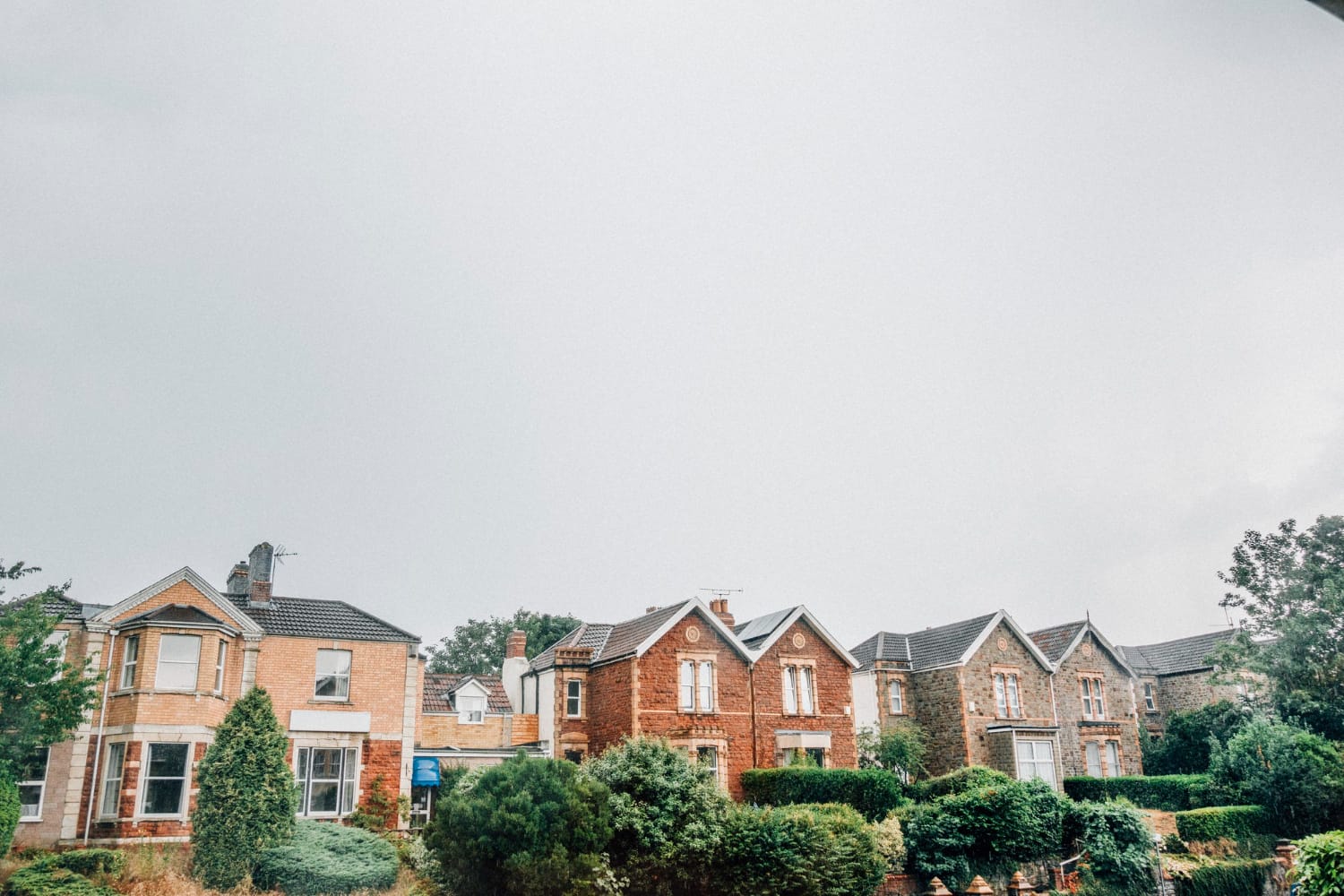On the brisk streets of Scotland, where the air is laden with history and the picturesque landscapes are enchanting, safety should be a priority for everyone. Preventing Personal Injuries is not just a legal obligation but a responsibility we owe to ourselves and those around us. In this guide, we will delve into the safety measures that can make our lives safer and more secure in the breathtaking setting of Scotland.
Health and Safety Legislation in Scotland
Scotland, like the rest of the UK, adheres to stringent health and safety legislation. The primary framework that governs safety in the workplace and public spaces is the Health and Safety at Work etc. Act 1974. This legislation places a duty on employers to ensure, so far as is reasonably practicable, the health, safety, and welfare at work of all their employees.
Key Points:
The Health and Safety at Work etc. Act 1974 is the cornerstone of safety regulations in Scotland.
Employers have a legal obligation to prioritise the health, safety, and welfare of their employees.
Adherence to safety measures is not just a legal requirement but also contributes to a positive work culture.
Types of Accident Prevention
Accident prevention is a multifaceted approach that involves identifying potential hazards and implementing measures to mitigate the risks. In Scotland, as elsewhere, there are three main types of accident prevention strategies that play a crucial role in ensuring personal safety.
Primary Prevention
Imagine strolling down the charming cobbled streets of Edinburgh. Primary prevention is like the sturdy walls of Edinburgh Castle, designed to keep potential dangers at bay. This type of prevention involves eliminating or minimising the risks before an incident occurs. For instance, installing safety railings on steep pathways or providing thorough training to employees before they operate heavy machinery are examples of primary prevention.
Key Points:
Primary prevention focuses on eliminating or minimising risks before accidents happen.
Measures such as safety training and installing safety features fall under this category.
It’s akin to building strong walls to protect against potential dangers.
Secondary Prevention
Now, picture the rolling hills of the Scottish Highlands. Secondary prevention is akin to the watchful eyes of a shepherd, ready to respond swiftly if a sheep strays too close to the edge. This type of prevention involves detecting and addressing risks at an early stage to prevent further escalation. Regular inspections, maintenance checks, and timely intervention in response to warning signs fall under the umbrella of secondary prevention.
Key Points:
Secondary prevention focuses on detecting and addressing risks at an early stage.
Regular inspections and maintenance checks play a crucial role in this type of prevention.
It’s comparable to a shepherd’s vigilant eye, preventing further escalation of risks.
Tertiary Prevention
Consider standing on the shores of Loch Ness, where the waters are calm but hold hidden depths. Tertiary prevention is like having rescue boats ready to respond in case of an emergency. This form of prevention aims to minimise the impact of an incident after it has occurred. Emergency response plans, medical interventions, and rehabilitation efforts fall within the realm of tertiary prevention.
Key Points:
Tertiary prevention focuses on minimising the impact of incidents after they occur.
Emergency response plans and rehabilitation efforts are crucial components.
It’s similar to having rescue boats ready to respond in case of an emergency.
Practical Safety Measures in Scotland
Now that we’ve explored the theoretical aspects of safety measures, let’s delve into practical steps that can be taken to prevent personal injuries in Scotland.
Workplace Safety
In the bustling cities of Glasgow and Aberdeen, where commerce thrives, workplace safety is paramount. Employers must conduct thorough risk assessments, provide adequate training, and ensure the availability of personal protective equipment (PPE). This not only fulfils legal obligations but also creates a conducive and secure work environment.
Key Points:
Conducting regular risk assessments is crucial for identifying workplace hazards.
Providing comprehensive training ensures employees are equipped to handle potential risks.
Personal protective equipment (PPE) should be readily available and used as necessary.
Road Safety
On the winding roads of the Scottish countryside, road safety is a shared responsibility. Drivers must adhere to speed limits, pedestrians should use designated crossings, and cyclists need to prioritise visibility. Additionally, road authorities must maintain clear signage and ensure well-maintained infrastructure.
Key Points:
Adhering to speed limits is essential for road safety.
Pedestrians should use designated crossings, and cyclists must prioritise visibility.
Well-maintained infrastructure and clear signage contribute to safer roads.
Public Spaces Safety
In the vibrant public spaces of Edinburgh’s Royal Mile or Inverness’s Castle Street, safety measures are crucial. Adequate lighting, well-maintained walkways, and visible signage contribute to a secure environment. Regular inspections and prompt repairs are essential to address potential hazards swiftly.
Key Points:
Adequate lighting enhances safety in public spaces, reducing the risk of accidents.
Well-maintained walkways and visible signage contribute to a secure environment.
Regular inspections and prompt repairs address potential hazards swiftly.
Making a Personal Injury Claim with National Claims
In the unfortunate event of a personal injury, seeking rightful compensation is crucial. National Claims, as your ally in this journey, stands ready to guide you through the claims process. Our team of experts ensures that you receive the support and compensation you deserve, making your recovery smoother.

Conclusion
As we celebrate the resilience of Scotland and its commitment to safety on this guide’s first anniversary, let’s remember that preventing personal injuries is not just a legal obligation; it’s a pledge to nurture a culture of care and vigilance. Whether traversing ancient streets, exploring the rolling hills, or immersing in vibrant public spaces, safety is a shared responsibility.
So, as you traverse the enchanting landscapes of Scotland, let safety be your steadfast companion, guiding you through the twists and turns of life in this captivating land.
Start your claim with the help of one of our claims specialists today. Contact us now!
Click below to see why we are one of the most trusted claims management companies in the UK.

We’re proud of our excellent customer reviews
We thrive on delivering exceptional service and ensuring our clients’ satisfaction. Don’t just take our word for it. Check out some of our independent reviews to see what our clients have to say.
Excellent

This firm is excellent, they sorted out my car pay out and injury claim very fast, they always communicate with you all the time.

My accident case was dealt with confidence and with great result of the outcome, especially James kept me informed all the time.

I was very impressed at the way my inquiry was treated. I was listened to attentively and everything I needed to know was explained to me.






